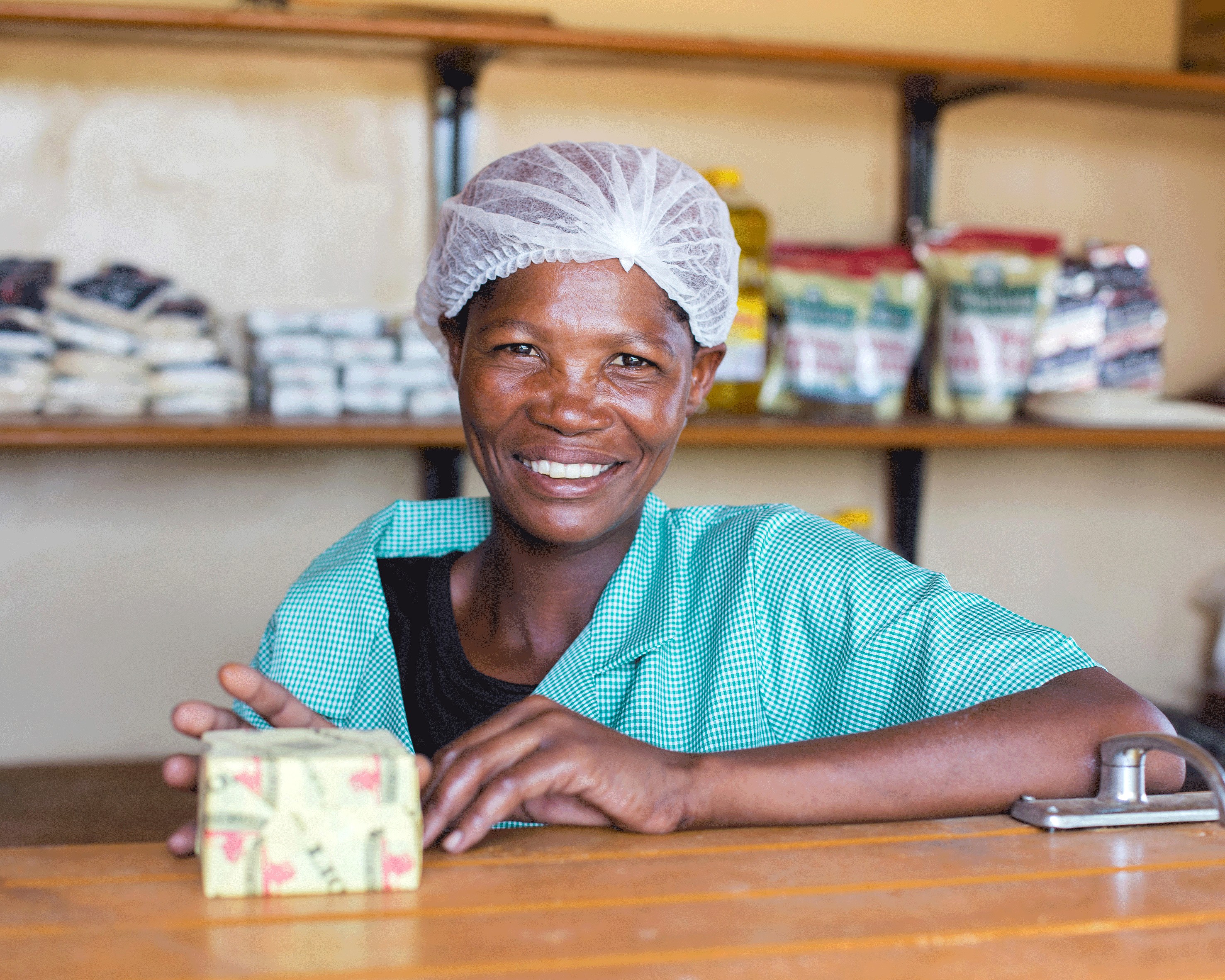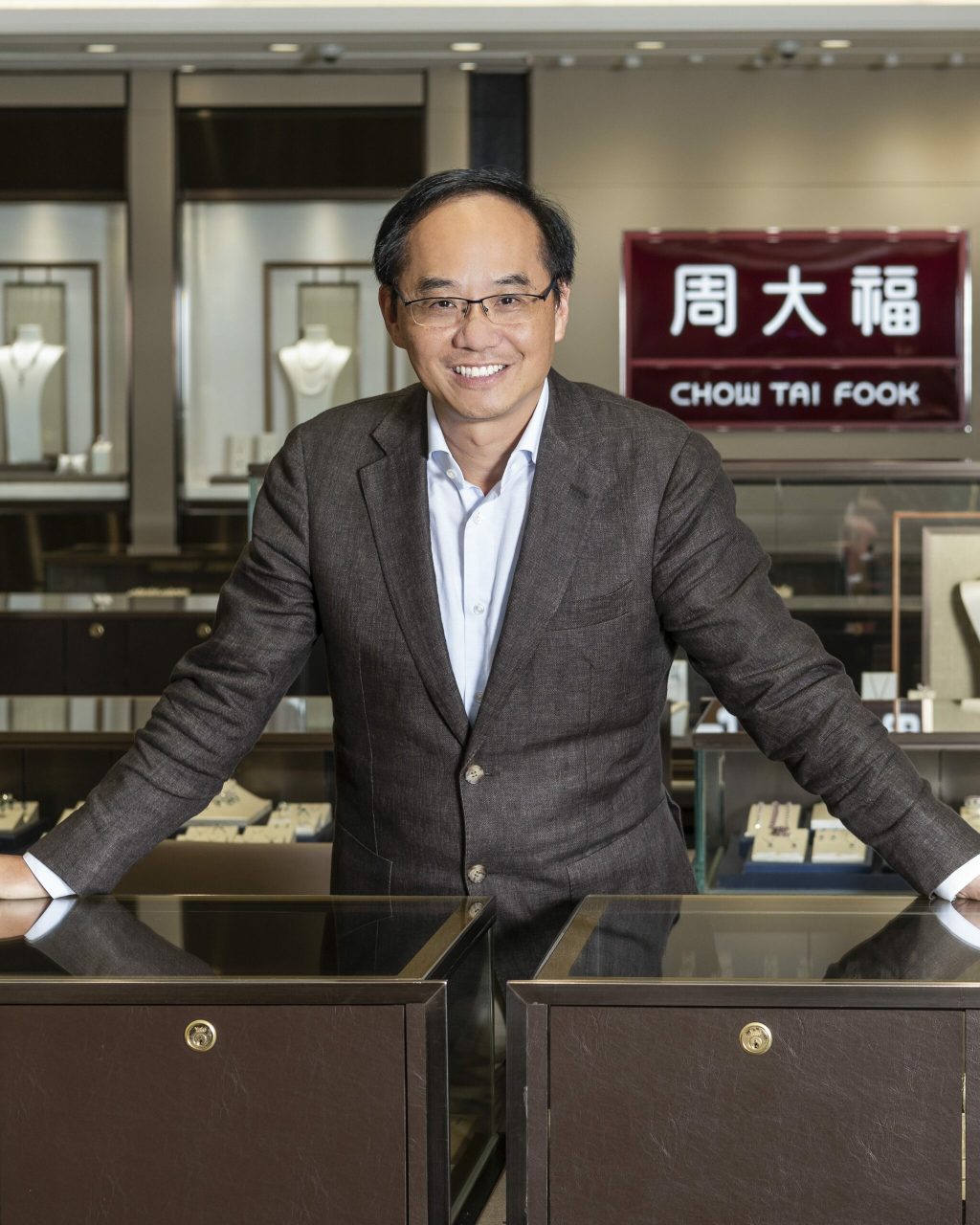The Power of Partnering
Today, natural diamonds symbolize more than everlasting love. In the past few years, the industry has been working to ensure that they also stand for transparency and sustainability, and have a long-term, positive impact on local mining communities.

The natural diamond as a symbol of love is deeply rooted, dating as far back as 1477, when Archduke Maximilian of Austria proposed to Mary of Burgundy with a diamond. And while our fondness for a diamond’s amorous symbolism remains, diamonds have also come to represent something more in many countries: a positive, lasting impact on local mining communities. The seven leading natural diamond producers in the world have made best-in-class ethical and sustainable operations a top priority, partnering with local communities to ensure lasting economic benefits for generations to come.
Natural diamonds contribute to the life and livelihood of more than ten million people worldwide, and this unique industry can provide real benefits thanks to the large share it has in value creation. The modern diamond mining industry infuses $6.8 billion annually into local economies by purchasing local goods and services. Local purchasing has a broader multiplier effect that has a significant and lasting impact on local economies. For example, Petra Diamonds has established an Enterprise Development Resource Centre at each of its South African operations to help support local entrepreneurs and to serve as a bridge between local businesses and the mine’s supply chain. Similarly, De Beers Group’s Tokafala and Zimele initiatives provide developmental funding, training, and mentoring across a wide range of businesses and industries, having supported over 1,000 enterprises and nearly 10,000 people in Botswana and South Africa.


The industry’s commitment goes beyond goods and services. Eighty percent of the value created by the diamond mining industry is retained locally, promoting sustained economic growth in the communities where the mines operate. This includes funding for the construction of schools and education programs for skills development; providing loans to local business owners and founders; building performing arts centers in remote locations; funding for the construction of hospitals for employees, their families, and the local communities; and refurbishing playgrounds, camps for local children, sports arenas, and other social programs.
Before diamonds were discovered in Botswana in 1967, the country had less than four miles of paved roads. Today, that number is now up to 4,000, and poverty has been cut in half. In other words, real efforts create real change. Rio Tinto is a founding partner of the Centre of Excellence for Mineral Development in Canada, with the aim to support employment and participation of indigenous communities. In 2018, Lucara launched the Karowe Village Initiative (KVI), focused on investing in and developing sustainable community-driven projects and initiatives such as the Mokubilo Co-operative Society Farm, developed in partnership with Mokubio village, and designed to address malnutrition, provide affordable and locally available vegetables and protein, and create employment and training opportunities.
The support of the natural diamond industry in Botswana facilitated the development of free primary and secondary education. There are now more than 300 secondary schools in the country, compared with just three in 1966. De Beers Group has founded schools for students from areas surrounding their mining operations, regardless of whether the parents are directly employed by the company. In Tanzania, Petra’s Williamson mine owns and operates the Mwadui primary school which provides free education in English to 460 students. These investments in education will create value for generations to come. Arctic Canadian Diamond Company offers “The Ekati Plus Post-Secondary Scholarship Program,” which is $2,500 scholarships awarded to 2 students every year as part of the Socioeconomic Agreement with the Government of the Northwest Territories. RZM Murowa has been running an Educational Assistance Program across nine rural schools since 2015. The program has benefited over 100 disadvantaged pupils every year since inception.

In the communities where it operates, the natural diamond industry also supports improvements in health care. Mine hospitals play a key role, and are often tailored to address the most pressing matters in each community. Petra’s Williamson Diamond Hospital in Tanzania pilots a number of health programs in conjunction with the Tanzanian government, including mother and child health, malaria prevention, voluntary counselling, and testing and antiretroviral treatment for HIV/AIDS. RZM Murowa supports five rural health centers which serve a population of roughly 50,000.
It should come as no surprise that the natural diamond industry is one of the most robust in the world. The value of these precious mined gems that we obtain from our earth is going to last, as will the industry’s commitments to powerful partnership. It’s a cycle of positive change that is, well, everlasting.
Read more about the sustainability pledges of the natural diamond industry here.
